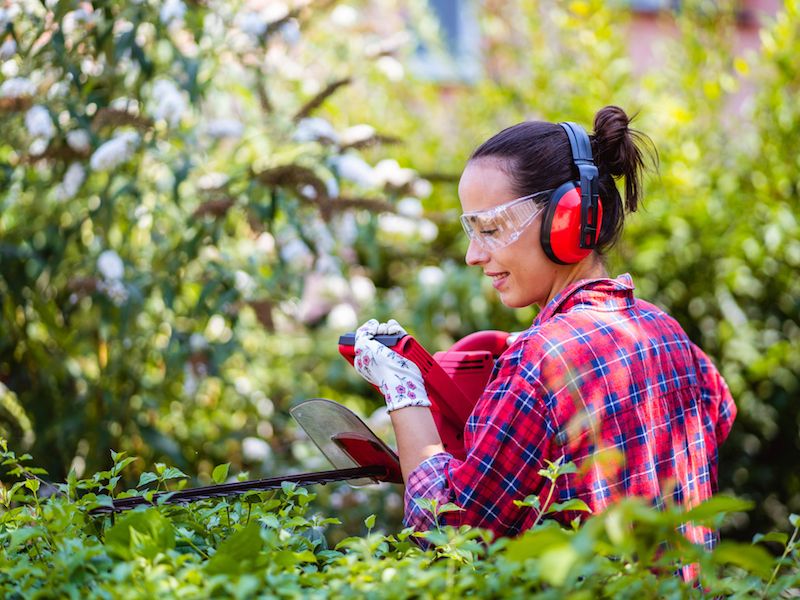
Eating right and safeguarding your hearing have some similarities. It’s hard to know where to begin even though it sounds like a smart idea. This is particularly true if you don’t think your daily environment is very noisy and there aren’t any obvious risks to your ears. But your ears and senses can be stressed by daily living, so practicing these hearing protection tips can help safeguard your auditory acuity.
If you want to continue to enjoy the sounds around you, you should do everything you can to impede down the deterioration of your hearing.
Tip 1: Wearable Hearing Protection
The most basic and sensible way that you can safeguard your ears is to protect your ears. This means that lessening loud and harmful sound is a basic step you should take.
For most people, this will mean using hearing protection when it’s warranted. Two general forms of protection are available:
- Ear Muffs, which are put over the ears.
- Ear Plugs, which are placed in the ear canal.
Neither form of hearing protection is inherently better than the other. There are positive aspects to each style. Your choice of hearing protection should, most importantly, feel comfortable.
Tip 2: When Sound Gets Dangerous, be Aware of It
But
Usually sounds become harmful at the following thresholds:
- Over 100 dB: This is where you can injure your hearing very quickly. Anything above this limit can damage your hearing in minutes or seconds. For example, rock concerts and jet engines will damage your hearing in 30 seconds.
- 85 decibels (dB): After around two hours this level of sound is hazardous.This is the volume of sound you’d expect from a busy city street or your hairdryer.
- 95-100 dB: This is the typical level of your earbuds or the level of farm equipment. This level of noise becomes harmful after 15-20 minutes.
Tip 3: Turn Your Phone Into a Sound Meter
Now that we have a general understanding of what volume of noise might be harmful, we can take some steps to ensure we limit our exposure. But in real life, it can be tricky trying to determine what is too loud and what isn’t.
Your smartphone can now be used as a handy little tool. Sound meter apps exist for every type of smartphone.
In order to get an understanding of what dangerous levels of noise really sound like, use your sound meter to check the decibel level of everything you are hearing.
Tip 4: Monitor Your Volume Buttons
Most people today listen to music via their phone or smart device, and they usually use earbuds while they do it. Your hearing is put in danger with this combination. Your hearing can be significantly damaged if you keep your earbuds too loud over a long period of time.
So keeping an eye on the volume control means safeguarding your hearing. In order to drown out sounds somewhere else, you should never raise the volume. in order to make certain that volume doesn’t get too high, we recommend using volume configurations or app settings.
Earbud use can become a negative feedback loop if your hearing starts to wane; you could find yourself constantly increasing the volume of your earbuds in order to compensate for your faltering hearing, and in the process doing more damage to your hearing.
Tip 5: Get Your Hearing Examined
You might think that getting a hearing exam is something you do only when your hearing starts to wane. The problem is that it’s not always easy to identify a problem in your ears without a baseline to compare results to.
Scheduling a hearing screening or exam is a great way to come up with data that can be used for both treatment and diagnostic purposes, making certain that all of your future hearing (and hearing protection) choices have some added context and information.
Keep an Eye on Your Ears
In an ideal world, protecting your hearing would be something you could do continuously without any problem. But there are always going to be obstacles. So whenever you can and as often as possible, safeguard your hearing. Also, get regular hearing examinations. Hopefully, these guidelines will give you a good start.
